by Michael Haskew
The warlike pagan Vikings were introduced to Christianity on many occasions as they raided and settled Western Europe during an era that spanned more than 300 years. By the Middle Ages, Christianity had rooted among these Norse and Germanic peoples, and many of them had converted to the new religion. For a time, Christianity and the Norse belief system existed side by side. Prior to the rise of Christianity, the Vikings worshiped a pantheon of gods, and their stories grew into a record of mythology that rivals that of Ancient Greece and Rome.
[text_ad]
Pagan Vikings worshipped two tribes of gods, the Aesir and the Vanir. The Aesir were believed to possess the power that held the universe together and embodied the forces of nature, while the Vanir and their perceived role in the functionality of the cosmos are shrouded in mystery. Some historians have speculated that the Vanir were more closely associated with certain aspects of human interaction; however, there is no conclusive evidence.
Odin, Thor & Loki Today
Those Viking gods and goddesses who remain most familiar in modern times belonged to the Aesir and appear to have been the most prominent to the Norse people as well. Among the most familiar Viking gods are Odin, Thor, Freya, and Loki.
Odin was considered the chief of the Aesir tribe and was known as a wanderer, seeking wisdom while walking the Earth or elsewhere in the universe. He was somewhat contradictory, represented as the patron of both royalty and individuals whom society had shunned. He was a god of poetry but also of war and conflict. Odin presided over Valhalla, the abode of the dead. His spiritual handmaidens, the Valkyries, explored battlefields and chose half the fallen warriors to carry to Valhalla.
Thor was the son of Odin, the powerful warrior, the god of thunder, and the defender of the Aesir gods and their fortress, known as Asgard. Thor wore a belt of strength and wielded a hammer named Lightning. He rode the sky in a chariot drawn by goats and battled the enemies of the Aesir, particularly his principal adversary, Jormungand, a huge sea serpent who circled the realm of the living, and the giants of Norse mythology.
Originally a goddess of the Vanir, Freya became a member of the Aesir with the conclusion of a war the two tribes had fought. The Vikings associated Freya with beauty, love, and material possessions. She was also a volva, an iconic practitioner of a form of Norse magic called seidr. Freya was believed to be a sorceress who traveled widely plying her craft. She also presided over Folkvang, another realm of the afterlife. After the Valkyries chose those among the slain in battle who would venture to Valhalla, Freya accepted the others to reside in Folkvang.
Loki was believed to be the trickster or joker among the gods. However, his offspring, including Jormungand and Hel, the goddess of the grave, would not readily seem to be frivolous in nature. Loki was sometimes considered helpful or simply playful. He was also often portrayed as a schemer and a coward, conniving in his pursuit of pleasure.
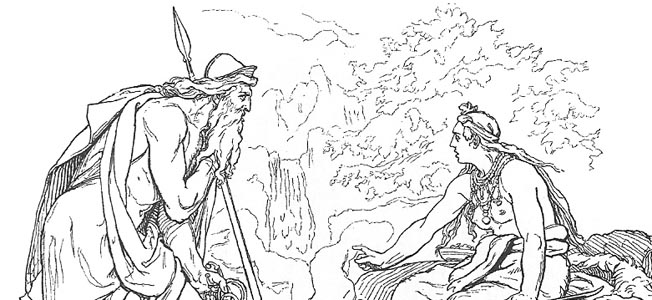
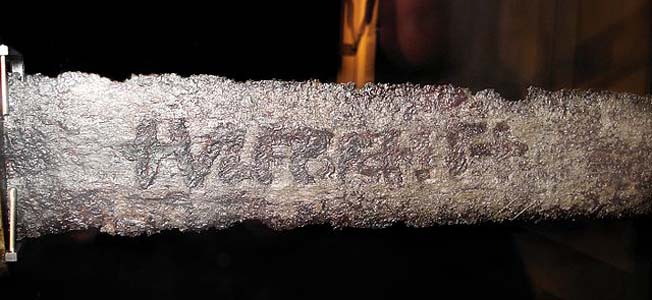
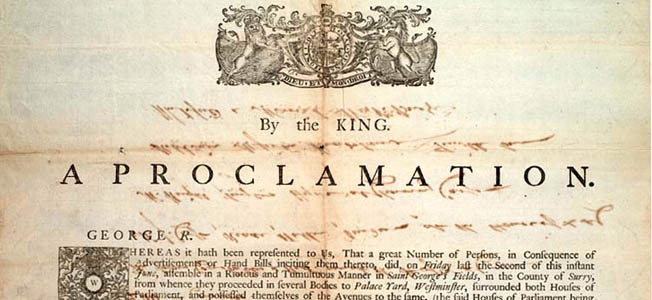


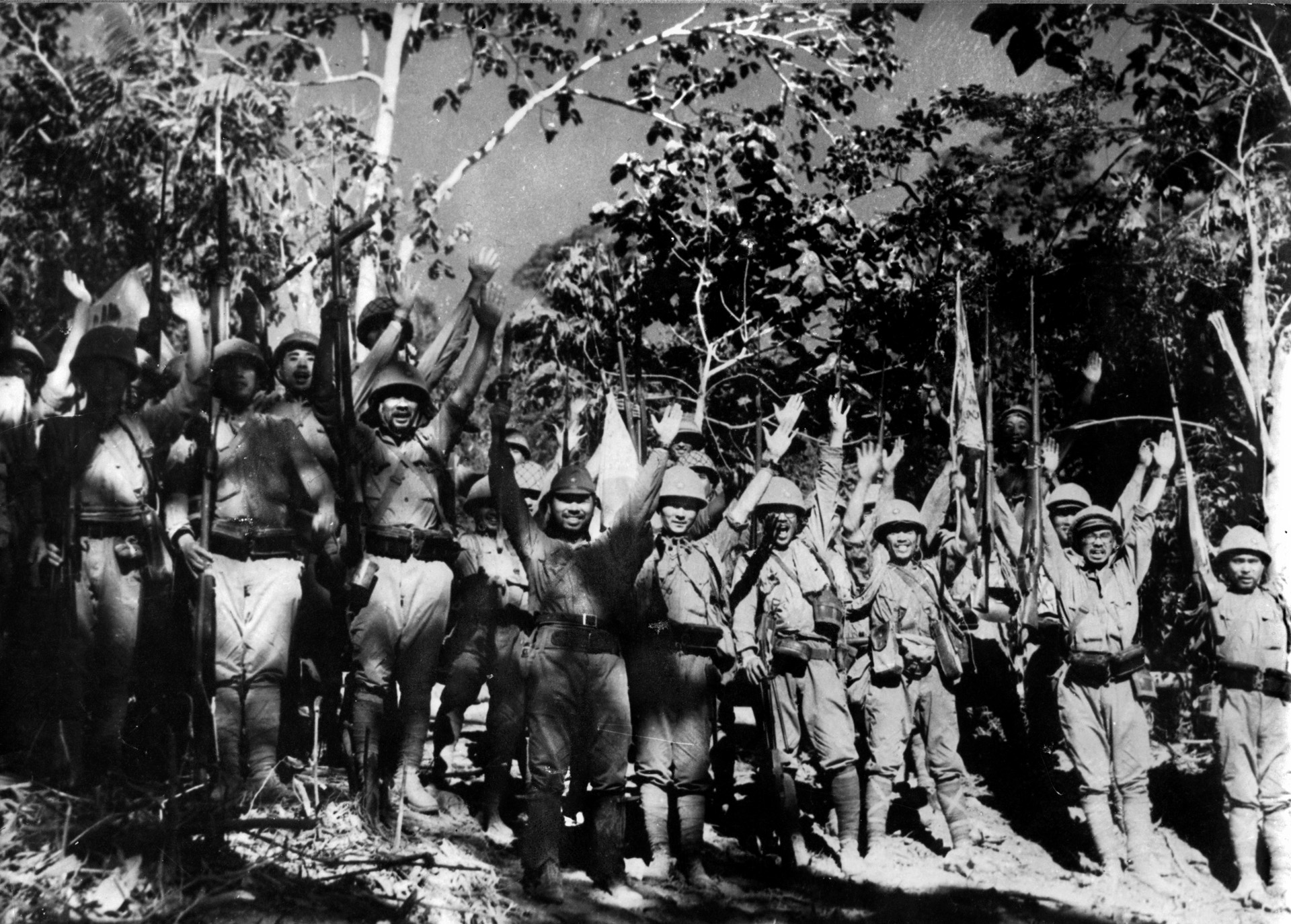

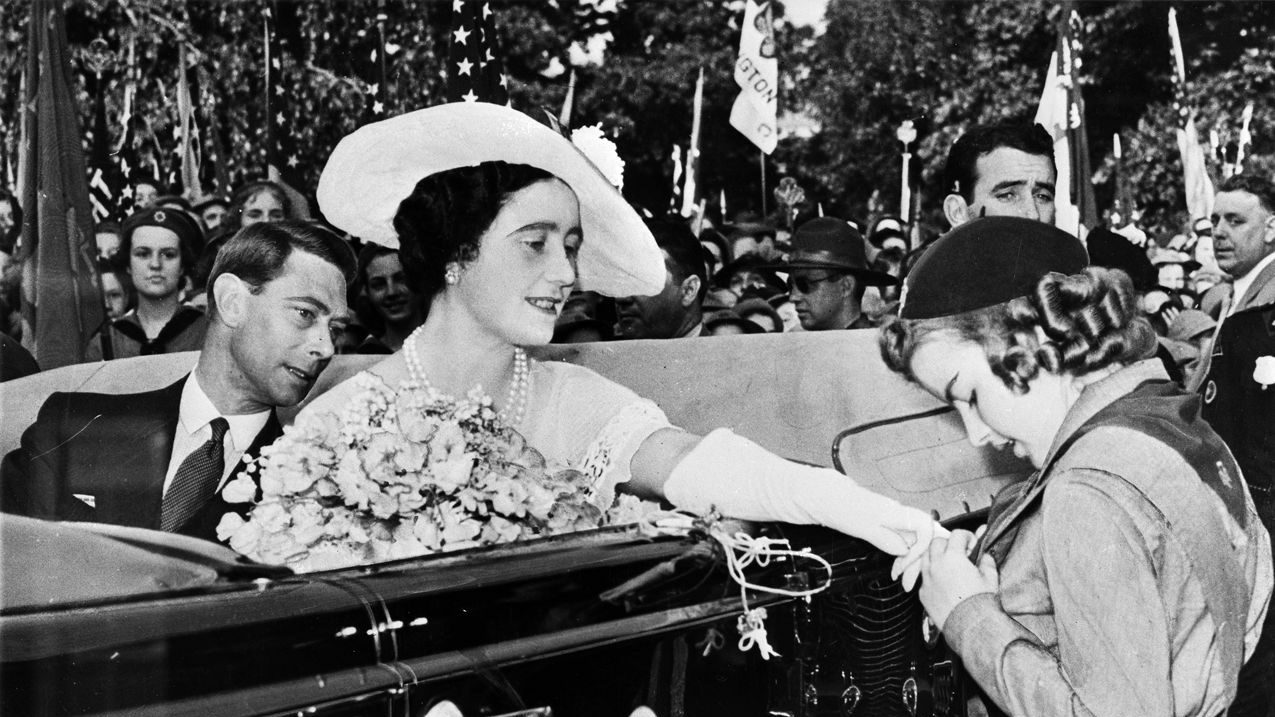
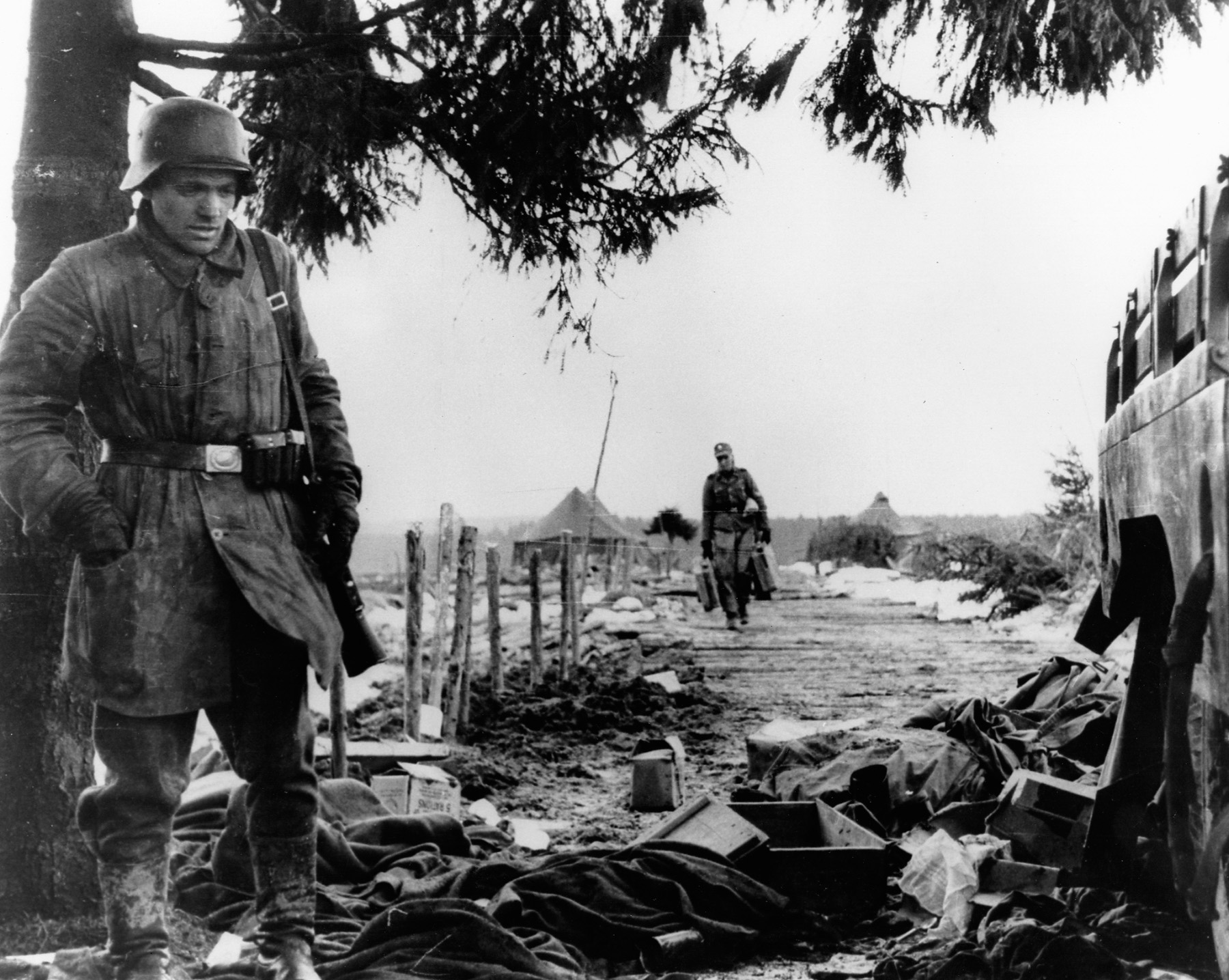
Join The Conversation
Comments
View All Comments